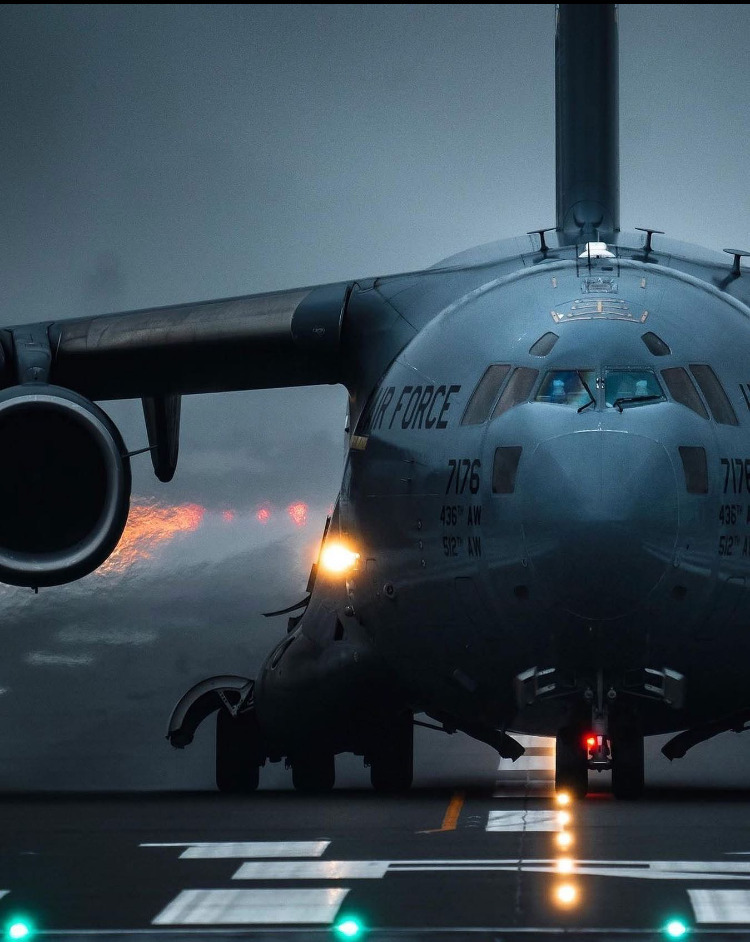Join the Hide community
Get access to live stream, lessons, the post exchange, and chat with other snipers.
Register
Download Gravity Ballistics
Get help to accurately calculate and scope your sniper rifle using real shooting data.

Install the app
How to install the app on iOS
Follow along with the video below to see how to install our site as a web app on your home screen.
Note: This feature may not be available in some browsers.
You are using an out of date browser. It may not display this or other websites correctly.
You should upgrade or use an alternative browser.
You should upgrade or use an alternative browser.
Maggie’s Funny & awesome pics, vids and memes thread (work safe, no nudity)
- Thread starter Lawless
- Start date
 Navy portrait of Carson[3]
Navy portrait of Carson[3]Carson joined the United States Navy on June 8, 1943, and received V-12 Navy College Training Program officer training at Columbia University[8] and Millsaps College.[9] Commissioned an ensign late in the war, Carson was assigned to the USS Pennsylvania in the Pacific, serving as a communications officer in charge of decoding encrypted messages. While in the Navy, Carson posted a 15–0-1 amateur boxing record, with most of his bouts fought on board Pennsylvania.[10] He was en route to the combat zone aboard a troop ship when the war ended.
Carson later said that the high point of his military career was performing a magic trick for U.S. Secretary of the Navy James V. Forrestal. In a conversation with Forrestal, the Secretary asked Carson if he planned to stay in the Navy after the war.[11] In response, Carson said no and told him he wanted to be a magician. Forrestal asked him to perform, and Carson responded with a card trick.[11] Carson made the discovery that he could entertain and amuse someone as cranky and sophisticated as Forrestal.[11]
Ed McMahon
McMahon hoped to become a United States Marine Corps fighter pilot. Prior to the US entry into World War II, both the Army and Navy required pilot candidates to attend at least two years of college. McMahon studied at Boston College from 1940 to 1941. On The Howard Stern Show in 2001, he stated that after Pearl Harbor was attacked, the college requirement remained in effect and he still had to finish his two years of college before applying for Marine Corps flight training.
After completing the college requirement, McMahon began his primary flight training in Dallas. This was followed by fighter training in Pensacola, where he also earned his carrier landing qualifications and was designated as a Naval Aviator. He was a Marine Corps flight instructor in F4U Corsair fighters for two years, finally being ordered to the Pacific Fleet in 1945. However, the orders were canceled after the atomic bomb attacks on Hiroshima and Nagasaki.
As an officer in the Marine Corps Reserve, McMahon was recalled to active duty during the Korean War. He flew an OE-1 (the original Marine designation for the unarmed single-engine Cessna O-1 Bird Dog) spotter plane, serving as an artillery spotter for Marine artillery batteries and a forward air controller for Navy and Marine fighter bombers. He flew a total of 85 combat missions, earning six Air Medals. After the war, he remained in the Marine Corps Reserve, retiring in 1966 as a Colonel. In 1982, McMahon received a state commission as a Brigadier General in the California Air National Guard, an honorary award to recognize his support for the National Guard and Reserves.[6][7]
Military service
[edit]McMahon hoped to become a United States Marine Corps fighter pilot. Prior to the US entry into World War II, both the Army and Navy required pilot candidates to attend at least two years of college. McMahon studied at Boston College from 1940 to 1941. On The Howard Stern Show in 2001, he stated that after Pearl Harbor was attacked, the college requirement remained in effect and he still had to finish his two years of college before applying for Marine Corps flight training.
After completing the college requirement, McMahon began his primary flight training in Dallas. This was followed by fighter training in Pensacola, where he also earned his carrier landing qualifications and was designated as a Naval Aviator. He was a Marine Corps flight instructor in F4U Corsair fighters for two years, finally being ordered to the Pacific Fleet in 1945. However, the orders were canceled after the atomic bomb attacks on Hiroshima and Nagasaki.
As an officer in the Marine Corps Reserve, McMahon was recalled to active duty during the Korean War. He flew an OE-1 (the original Marine designation for the unarmed single-engine Cessna O-1 Bird Dog) spotter plane, serving as an artillery spotter for Marine artillery batteries and a forward air controller for Navy and Marine fighter bombers. He flew a total of 85 combat missions, earning six Air Medals. After the war, he remained in the Marine Corps Reserve, retiring in 1966 as a Colonel. In 1982, McMahon received a state commission as a Brigadier General in the California Air National Guard, an honorary award to recognize his support for the National Guard and Reserves.[6][7]
Can't lie, this would be fun!
Sideshows are 100% obnoxious
While that is true, they can do it through elections. Then other people enforce it for them. See how this works?
What, we’re not using mice anymore?!
I do but I have two extra monitors hooked up to the laptop and get tired of swiping on that little pad.

Similar threads
- Replies
- 17
- Views
- 1K
- Replies
- 13
- Views
- 1K































